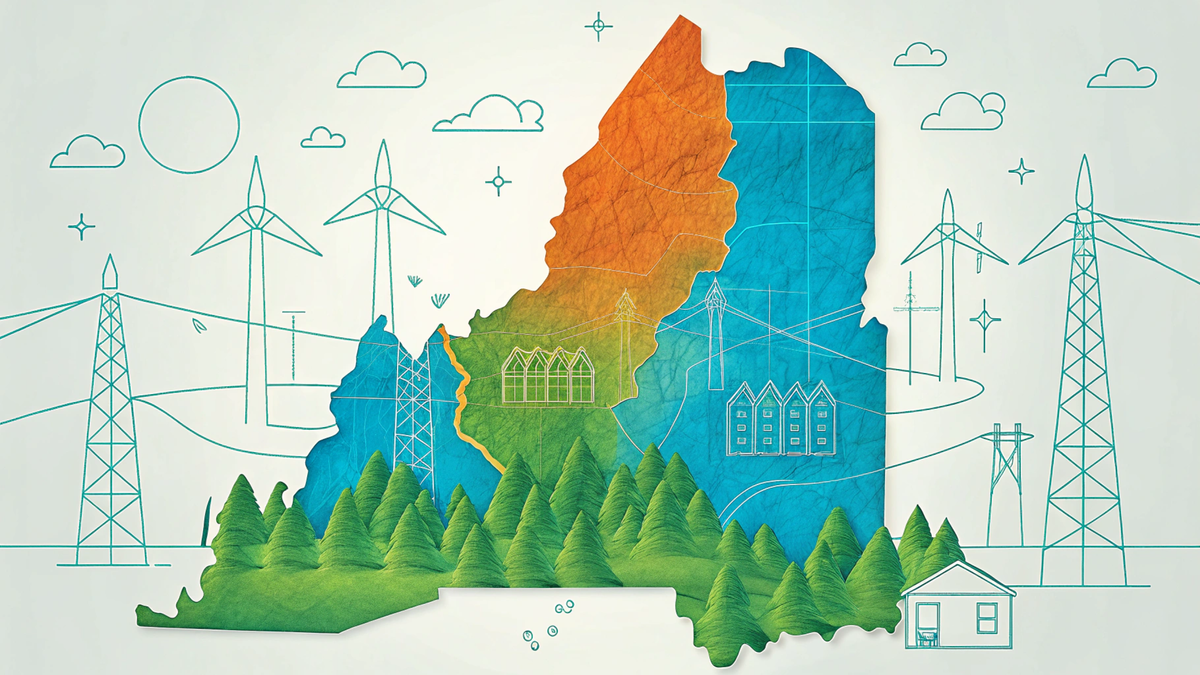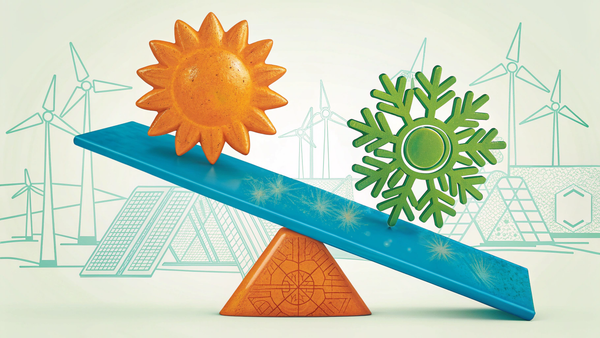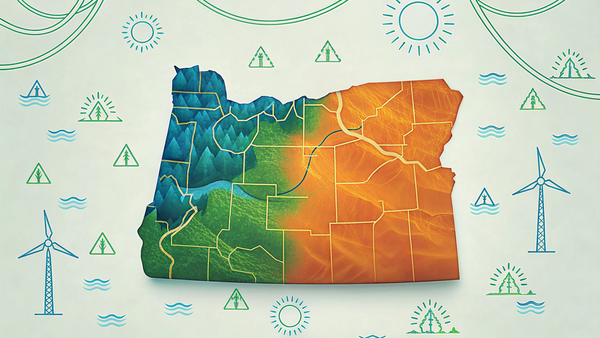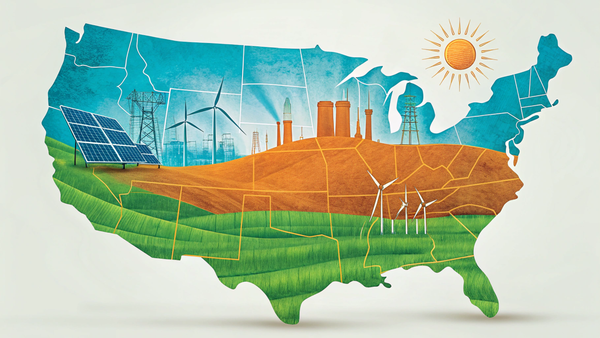Maine’s Energy Transition: Analysis and Insight
Maine's "Pathways to 2040" report explores practical strategies for advancing clean energy while balancing cost and reliability. Learn more about the valuable insights that inform decision-making and support Maine's energy transition.

The "Maine Pathways to 2040: Analysis and Insights" report provides a comprehensive analysis of various strategies for Maine to achieve its clean energy goals. By examining different pathways, the report offers invaluable insights for policymakers, stakeholders, and the public, guiding informed decisions toward a resilient and decarbonized energy system.
Methods
This study employs a detailed pathway modeling approach, integrating two industry-standard models: EnergyPATHWAYS and the Regional Investment and Operations model (RIO). EnergyPATHWAYS generates demand-side scenarios, projecting fuel and electricity demand, while RIO optimizes supply-side energy decisions to meet these demands under clean energy and emissions constraints. The results are analyzed to compare the costs, emissions, and feasibility of different decarbonization pathways, with figures generated to illustrate key findings and trends.
Explore Maine's Energy Pathways
What is a Pathway?
Pathways are designed to explore different approaches for achieving Maine's clean energy goals. Each pathway examines trade-offs between cost, emissions reduction, and energy system reliability. They are not definitive solutions but rather tools to guide informed decision-making and policy development. Click on each pathway below for an overview.
Core Pathway
Quick Stats:
- 💰 Cost: Low
- ⚡ Grid Impact: Balanced
Focuses on electrification and medium load flexibility, balancing affordability and feasibility while advancing clean energy goals.
100% Renewable Gen
Quick Stats:
- 💰 Cost: High
- ⚡ Grid Impact: Strained without thermal backup
Explores retiring thermal generation entirely, requiring significant investment and infrastructure upgrades to ensure reliability.
Hybrid Heat
Quick Stats:
- 💰 Cost: Moderate
- ⚡ Grid Impact: Balanced with backup heating
Evaluates hybrid heating systems, combining heat pumps with backup fuels to maintain reliability during peak winter conditions.
High Flexible Load
Quick Stats:
- 💰 Cost: Medium
- ⚡ Grid Impact: Requires smart management
Focuses on flexible energy demand, like smart EV charging and load shifting, to improve grid stability and lower costs.
No Flexible Load
Quick Stats:
- 💰 Cost: High
- ⚡ Grid Impact: Increased infrastructure needs
Explores static demand without load flexibility, leading to higher peak loads and infrastructure expansion costs.
High DER + High Flex
Quick Stats:
- 💰 Cost: Medium-High
- ⚡ Grid Impact: Improved with smart deployment
Emphasizes distributed energy resources like rooftop solar and batteries, enhancing grid flexibility while lowering peak loads.
Results
- Electrification Imperative:
- Widespread electrification in transportation and heating, alongside a clean electricity supply, is vital for meeting Maine's GHG reduction and clean energy goals.
- EV adoption will be a key factor, with approximately 219,000 EVs needed on Maine roads by 2030.
- Heat pumps will play a significant role in decarbonizing heating, targeting 54% of residential heating equipment stock by 2040.
- Electrification reduces reliance on fossil fuels, stabilizing overall energy supply costs as electricity substitutes for fuels.
- Thermal Generation Flexibility:
- Retaining thermal generation fueled by carbon-neutral sources ensures affordable reliability.
- The 100% Renewable Generation pathway shows that it is possible but costly to maintain electricity system reliability without thermal generation.
- Maintaining dispatchable thermal generation, which can be fueled with carbon-neutral fuels, helps manage costs and ensure power system reliability.
- Even with backup thermal generation, renewable resources are still expected to provide 80% or more of Maine’s electricity supply after 2030.
- Load Flexibility Value:
- Load flexibility is crucial for managing the hourly matching of demand and supply, especially with intermittent renewables.
- Flexible EV charging will play a key role in operating the grid reliably with high renewable penetration, and limiting the infrastructure expansion necessary.
- Customer participation in load shifting programs is vital to decrease the cost and increase grid reliability.
- Distributed Energy Resource Impact:
- Strategic DER deployment, especially when it can defer infrastructure upgrades, is important to benefit-cost ratios.
- Higher DER adoption helps mitigate the electricity system peak, lowering distribution costs.
- Small DERs that are quicker to deploy help achieve renewable energy targets and address renewable interconnection stall.
Electricity Consumption by Sector, Core Pathway
Clean Electricity Demand and Resources
Policy Recommendations
- Accelerate Clean Energy Deployment: Maine must stay on track with its renewable energy procurements and enhance regional coordination for resource sharing.
- Modernize Grid Infrastructure: Upgrading transmission and distribution systems is critical to accommodate higher electricity loads and enable load flexibility.
- Support Customer Adoption: Incentives for EVs, heat pumps, and rooftop solar can accelerate adoption, while innovative financing options can lower upfront costs for households and businesses.
- Define Clean Fuel Standards: Clear definitions of what constitutes “clean” energy will help guide investments in thermal generators and storage technologies.
- Foster Regional Collaboration: Maine’s energy goals intersect with those of neighboring states. Joint efforts to build EV charging networks and share renewable resources will amplify benefits.
Challenges Ahead
While the plan is ambitious, challenges remain. Siting renewables in densely populated areas, ensuring affordability for low-income communities, and addressing technological uncertainties are pivotal hurdles. However, the report’s dynamic pathways approach—allowing adjustments as new data emerges—positions Maine to navigate these complexities effectively.
Conclusion
Maine’s Pathways to 2040 report underscores that the clean energy transition is not only feasible but essential. By embracing innovative technologies, fostering equity, and modernizing infrastructure, Maine can achieve its ambitious goals while serving as a model for other states.






